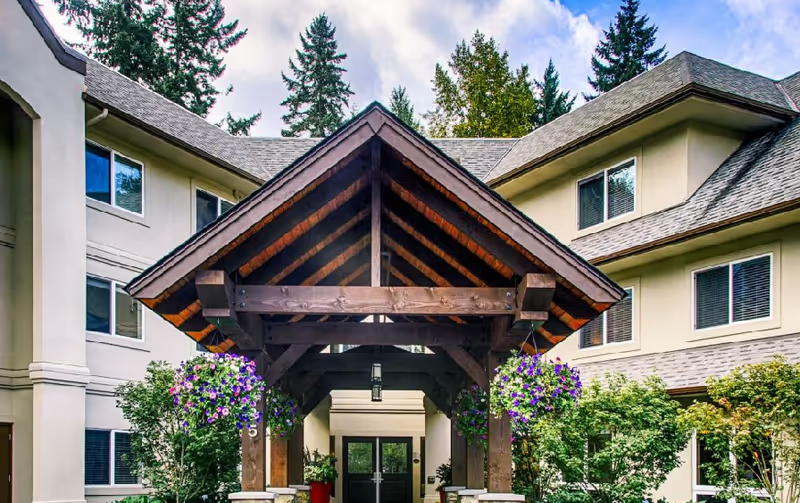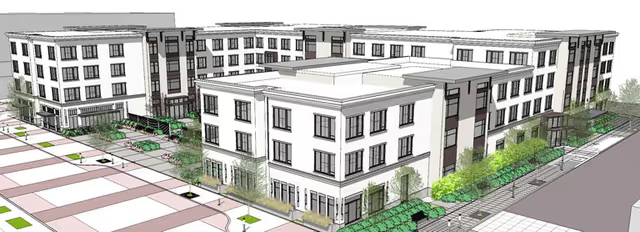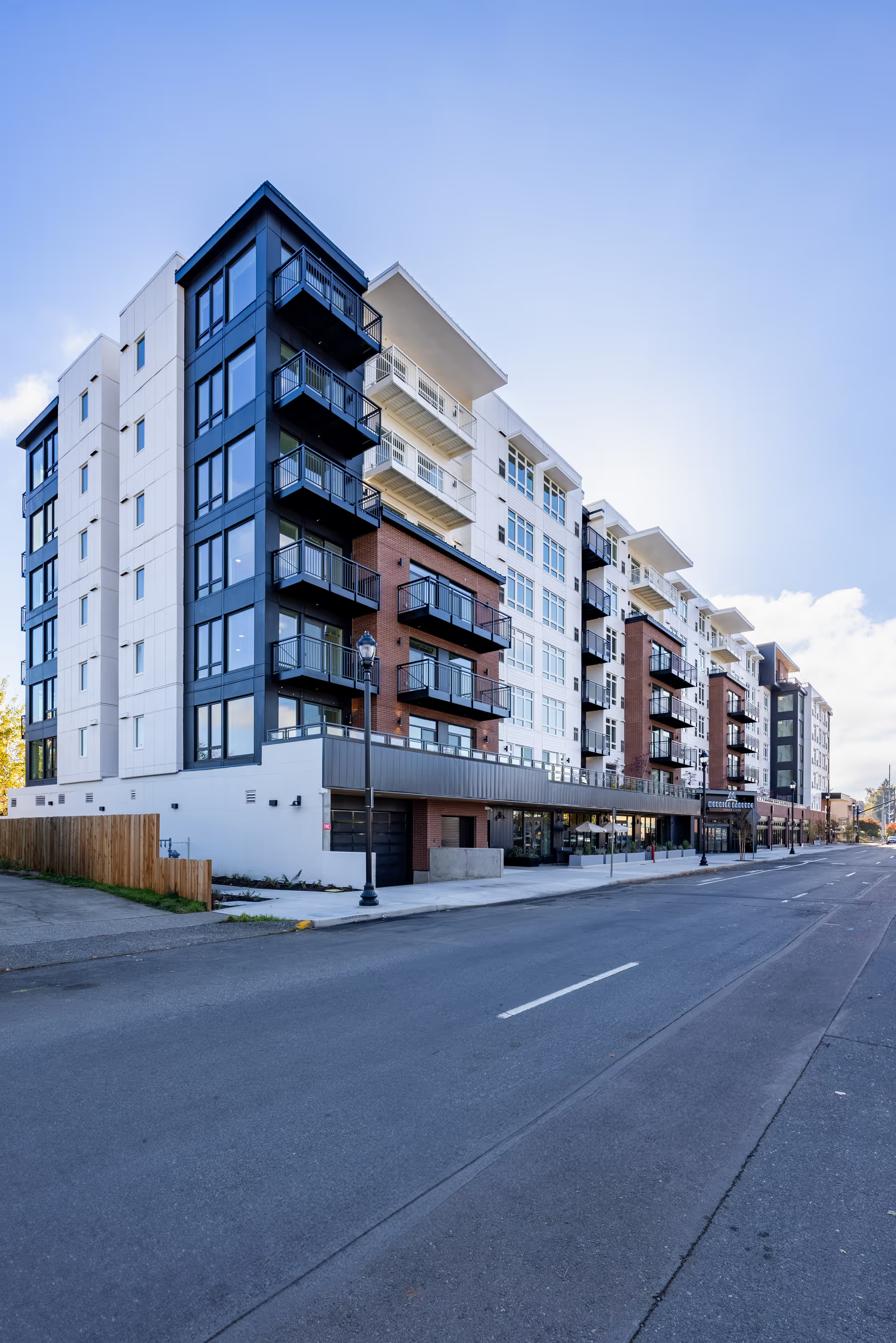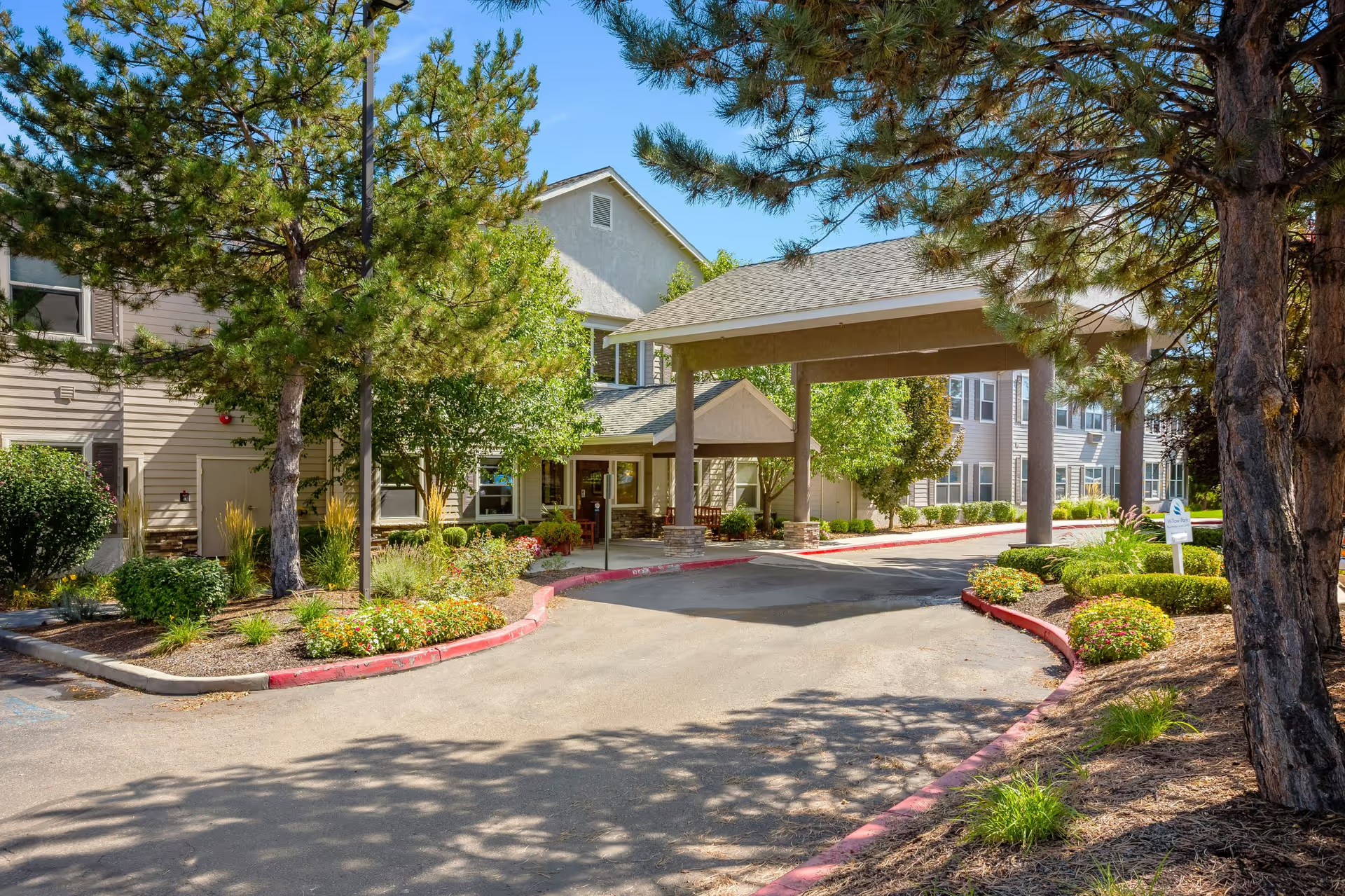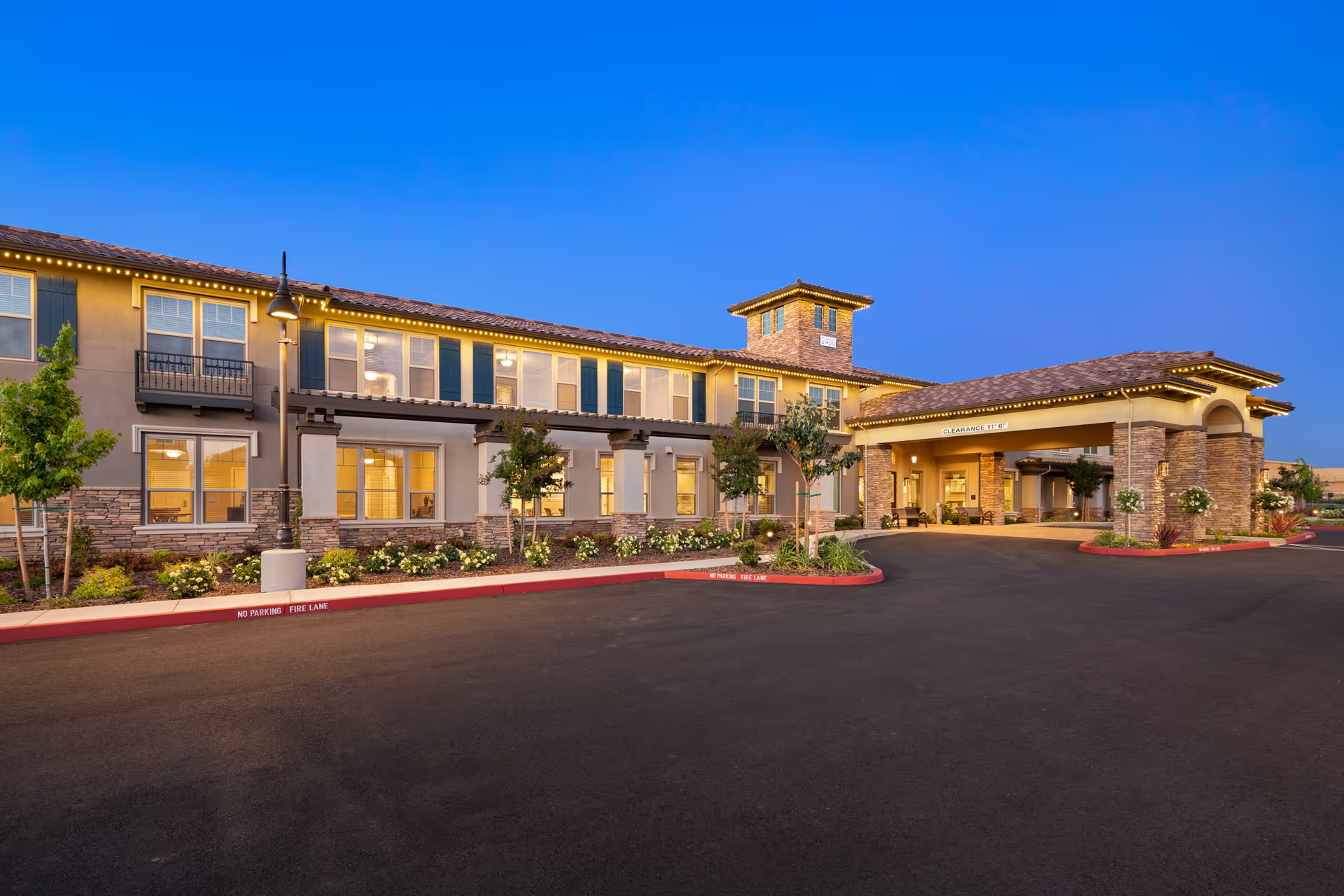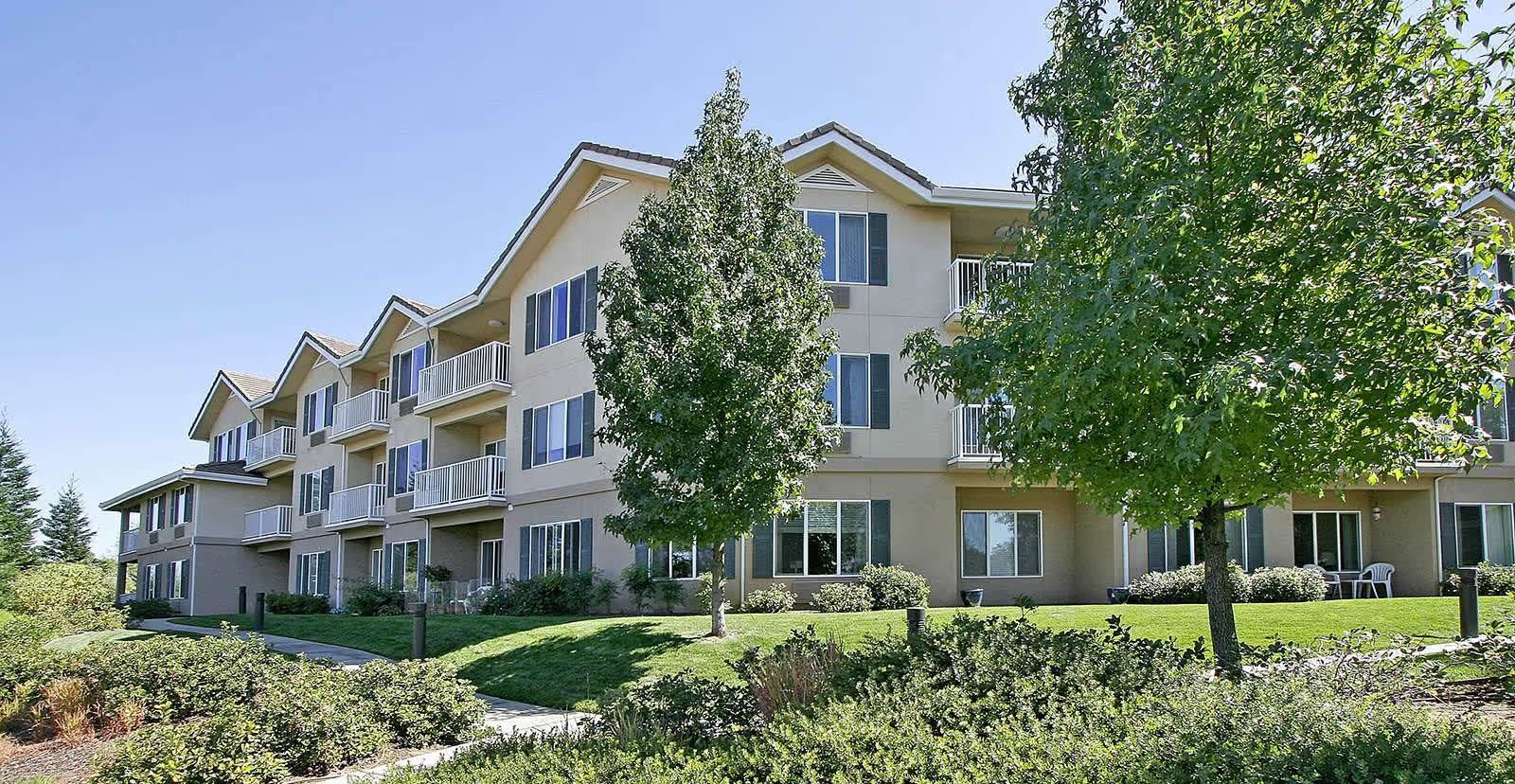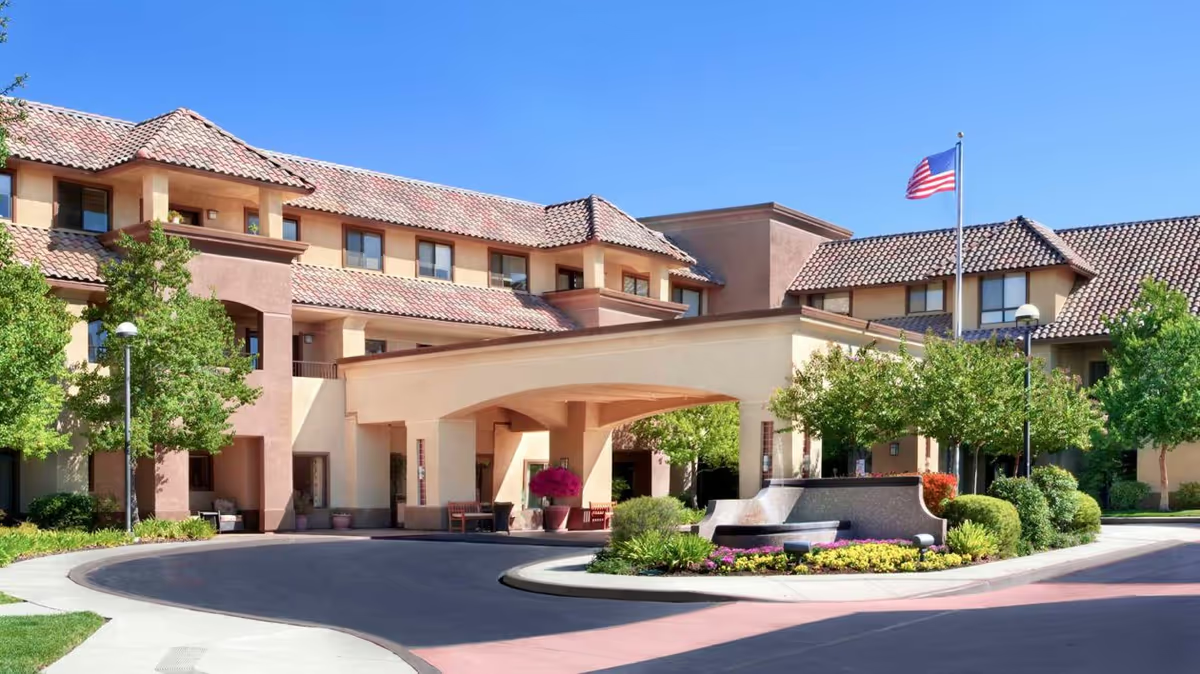Overall sentiment across the reviews is mixed but leans positive in areas that matter most to residents: the people and the programming. The strongest and most consistent praise is for the staff — caregivers, front-desk personnel, wellness coordinators and directors are repeatedly described as friendly, attentive, compassionate and hands-on. Multiple reviewers highlight individualized attention, strong family communication, supportive responses during bereavement, and staff who go "above and beyond." Activity programming and fitness offerings receive frequent positive mention as well; reviewers note a robust schedule, an active fitness director, bingo, crosswords, trips, purposeful charity-linked programs, and a generally lively activity center that helps many residents stay engaged.
Facility attributes draw a split reaction. Many reviewers say the property is well-kept, remodeled from a former nursing home with large rooms, good layout, nice grounds and walking paths, and a comforting single-floor or home-like feel. Studio and one-bedroom units—studios around 600–700 sq ft—are called roomy by several residents, and some units include pet-friendly features with outdoor access. There is also repeated appreciation for regular room cleaning and maintenance. Conversely, other reviewers call the building older, dark or dreary with dated furniture and a convalescent-care vibe. Cleanliness concerns surface occasionally: hallway carpets with animal/urine odors, pet-store or smoke smells, refrigerators failing in units, and some housekeeping inconsistencies (e.g., floors needing mopping). Accessibility is another area of concern for a subset of reviewers: some bathrooms are described as too small for wheelchair use and there are comments about lack of in-unit cooking infrastructure beyond a microwave.
Dining and food services emerge as a notable flashpoint with clear patterns. Several reviewers praised the food and chef early on—describing top-notch meals, variety, salad bars and special dietary options (including gluten-free/organic). However, multiple comments say food quality has declined recently, often tied to chef turnover or staffing gaps: meals arriving cold, inconsistent preparation (one undercooked chicken noted), insufficient vegetables, longer wait times, and a general drop in consistency and service. The variability in dining experience—excellent at times and poor at others—is one of the more commonly reported operational issues.
Clinical care and administrative reliability show a worrying split. While many residents feel safe, well-cared-for, and report good communication with doctors, several reviews point to significant lapses: misclassification of residents' needs (Independent Living vs Assisted Living), missing paperwork, lack of routine health check-ins, medication management concerns, and instances where staffing problems led to needs not being attended to. Communication problems extend into administration: slow or no return calls, an unavailable director at times, an outdated staff directory online, and perceptions of sales-oriented or misleading marketing practices. These administrative issues amplify worry for residents or families who need more clinical oversight or timely responses.
Safety and security are mixed. The memory care wing is noted to have safeguards and the community is not described as overcrowded, which some families appreciate. Yet multiple reviews explicitly raise safety concerns about doors being left unlocked, which creates anxiety for some residents and families. That, combined with clinical-management lapses and staffing fluctuations, forms a recurring concern for reviewers who prioritize health and safety reliability.
Cost and perceived value are also divergent. Several reviewers say they received good value, experienced an easy move-in process, and would recommend the community. Others cite high cost relative to declining food service, occasional poor clinical responsiveness, and maintenance/cleanliness issues—leading them to view the community as expensive for what is delivered. This variability suggests that experiences are highly dependent on timing, specific staff on duty, and which unit or care track a resident occupies.
In summary, GenCare Lifestyle Lynnwood at Scriber Gardens is frequently praised for its warm, compassionate staff, active programming, and well-maintained grounds and larger living units. The strongest assets are the people and the activities that promote resident engagement. However, the community also shows recurring operational challenges: inconsistent dining quality tied to staff/chef turnover, occasional cleanliness and odor issues, accessibility limitations in some units, safety lapses (unlocked doors), and administrative concerns including communication, paperwork, and clinical oversight. These mixed signals create a polarized experience: many residents are very happy and would recommend the community, while a significant minority report serious concerns that impact health, safety and value.
For prospective residents and families: consider visiting multiple times (including meal service), ask specific questions about clinical oversight, staffing ratios, chef/food continuity, security protocols for doors and memory care, and request written confirmation of the level of care you expect (Independent vs Assisted). For management, priority improvements that would address the largest patterns in complaints include stabilizing dining staff and food-service processes, strengthening medication and health-check protocols, improving communications and transparency, addressing noticeable odor/cleanliness problems, and resolving known accessibility issues in certain units. Addressing these operational items could align the consistently high marks for staff and programming with reliably strong care, dining, safety and value for all residents.
